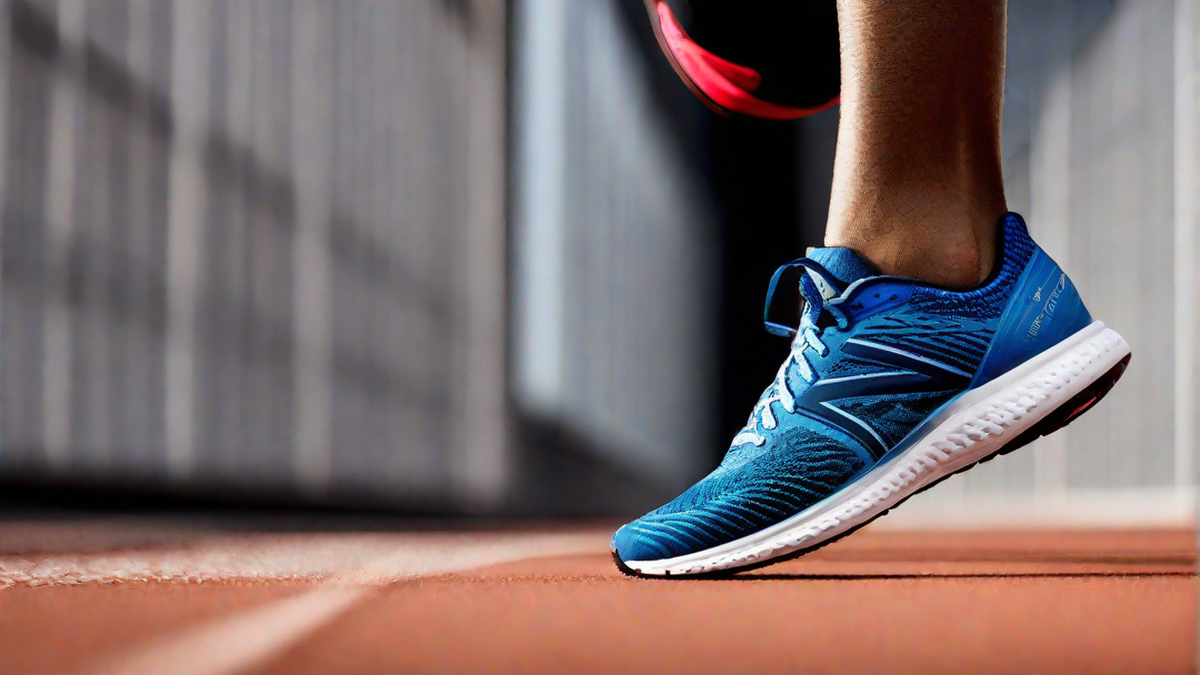When it comes to running, choosing the right pair of running shoes is crucial for both comfort and performance. As a passionate runner myself, I understand the importance of finding the perfect running shoe that meets my specific needs. In this article, I will delve into the world of running shoes and guide you on what factors to consider when selecting the ideal pair for your running adventures.
The Anatomy of a Running Shoe
Before we dive into the selection process, it’s essential to understand the different components that make up a running shoe. A typical running shoe consists of several key parts:
- Upper: This is the top part of the shoe that covers your foot. It needs to provide breathability, support, and a secure fit.
- Midsole: Located between the outsole and the upper, the midsole is responsible for cushioning and shock absorption. It is usually made of foam or gel materials.
- Outsole: The outsole is the bottom part of the shoe that touches the ground. It should offer durability, traction, and flexibility.
- Insole: Also known as the sockliner, the insole is the removable cushioning layer inside the shoe that provides additional comfort.
Consider Your Running Style
Every runner has a unique running style, and it’s important to consider this when choosing a running shoe. Are you a neutral runner, an overpronator, or an underpronator/supinator? Knowing your running gait and foot strike pattern can help you determine the right level of support and cushioning needed for your shoe.
If you’re unsure about your running style, you can visit a specialty running store or consult with a podiatrist who can analyze your running gait and recommend the appropriate type of shoe for you.
Know Your Terrain
The type of terrain you typically run on should play a role in selecting the right running shoe. Are you a road runner, a trail runner, or do you enjoy a bit of both?
If you primarily run on roads or pavements, you’ll want a shoe with good shock absorption and traction for hard surfaces. On the other hand, if you love hitting the trails, look for a trail-specific shoe with sturdy traction and protection against rocks and uneven surfaces.
Consider Shoe Fit and Comfort
One of the most important aspects of choosing a running shoe is ensuring a proper fit and maximum comfort. Ill-fitting shoes can lead to a range of issues, from blisters to foot pain and even injuries.
When trying on running shoes, make sure you have enough toe room and that the shoes feel snug but not too tight. Your heel should be secure and not slip out of the shoe while running. It’s always a good idea to try on shoes at the end of the day when your feet are slightly swollen, as they tend to be during a run.
Consider Your Budget
Running shoes can vary significantly in terms of price, and it’s important to consider your budget when making a decision. While there are expensive high-end options available, there are also more affordable options that provide excellent quality and performance.
Keep in mind that investing in a good pair of running shoes is an investment in your comfort and well-being as a runner. It’s worth considering factors such as durability and longevity when evaluating the overall value of a shoe.
Conclusion
Choosing the right running shoe is a personal and important decision for any runner. By considering factors such as your running style, terrain, fit, comfort, and budget, you can find a shoe that perfectly suits your needs. Remember, finding the ideal running shoe may take some trial and error, so don’t be afraid to try different options until you find the perfect fit. Happy running!

